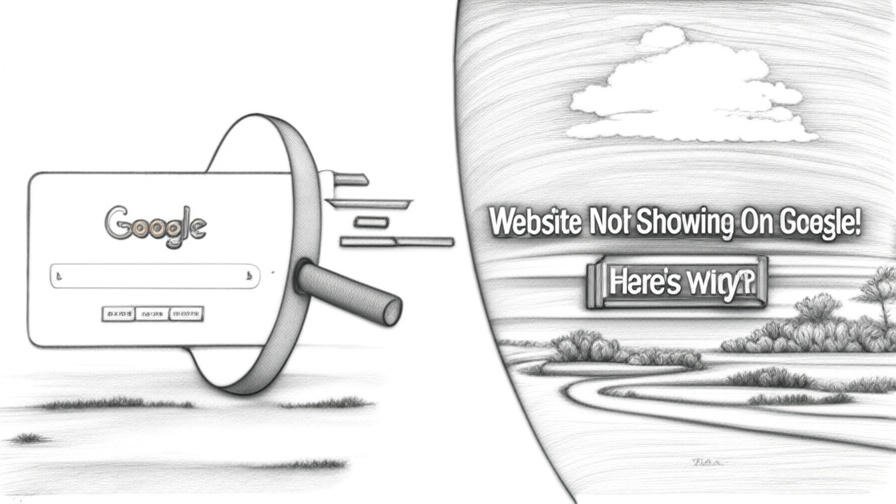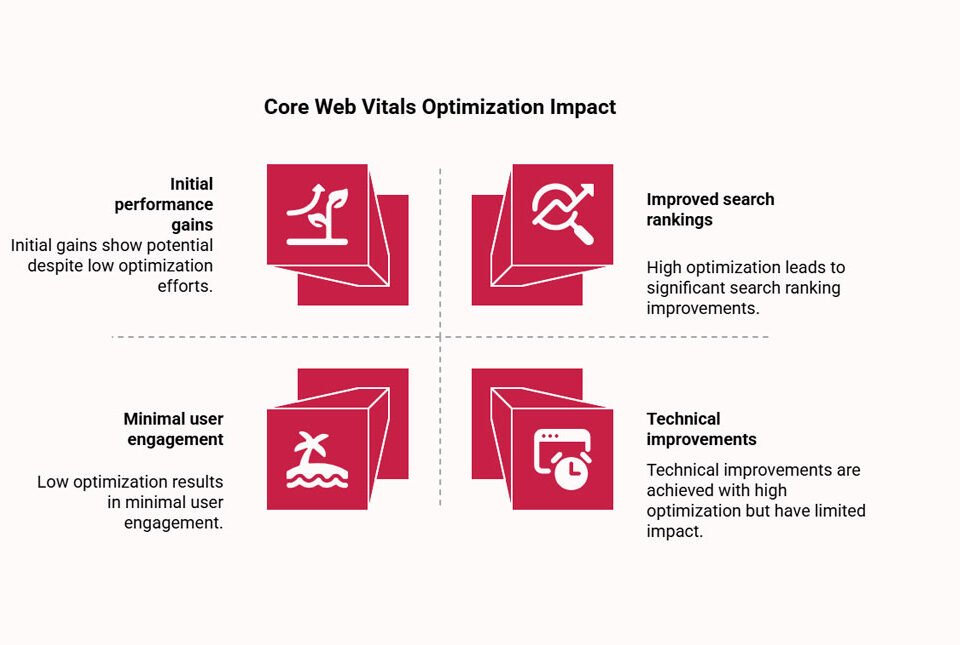- Have any Query ?
- +91-7008562317
- +91-9438140285
- webmaster@sitsindia.co.in
How Remote Jobs Are Shaping the Next Decade ?

The Future of Work: How Remote Jobs Are Shaping the Next Decade
The global workplace is undergoing a transformative phase, largely driven by the rapid rise of remote jobs. As we step into the next decade, the concept of “going to work” is being redefined, shaping not only where we work but how work integrates with our personal lives. This shift towards remote jobs is not just a temporary response to global crises but a permanent change that carries significant implications for the future of work.
Remote work has democratized employment opportunities, allowing individuals to access jobs previously out of reach due to geographic and mobility constraints. This has been particularly life-changing for people in remote or underserved regions, for whom commuting to a major city is not feasible. Moreover, it’s fostering a more inclusive work environment for individuals with disabilities who can now design a comfortable work setting at home.
Employers are also seeing the benefits of remote jobs, including reduced overhead costs and access to a broader talent pool unconstrained by geographic boundaries. This shift is encouraging companies to rethink their operational strategies and workplace cultures. For instance, asynchronous communication is becoming more prevalent, allowing for a more flexible work schedule that can lead to increased productivity and employee satisfaction.
However, this shift is not without challenges. Remote work requires a high level of digital literacy and access to reliable internet, which can be a significant barrier in less developed areas. Additionally, the lack of physical interaction can impact team dynamics and employee mental health. Companies are therefore investing in digital tools and platforms to foster collaboration and community among their remote workforce, and they’re crafting new policies to support mental and emotional well-being.
The environmental impact of remote work cannot be overlooked. With fewer people commuting, there’s a noticeable reduction in carbon emissions, which contributes to environmental sustainability. This not only helps companies meet their corporate social responsibility goals but also appeals to the growing demographic of environmentally conscious workers.
Looking ahead, the next decade will likely see an increase in hybrid models of work, where employees can choose between working from home, at the office, or a co-working space depending on their needs and the nature of their work. This flexibility could redefine work-life balance, offering people more control over their time and how they use it.
In conclusion, the rise of remote jobs is more than a trend; it’s a pivotal shift in the fabric of our work culture. As technology advances and societal attitudes evolve, remote work will continue to shape our economic landscapes and personal lives, promising a future where work is more accessible, inclusive, and adaptable to individual needs.
FAQs
What are the key benefits of remote work for employees?
-
- Remote work offers flexibility, broader job opportunities, and the potential for a better work-life balance.
How are companies adapting to the rise of remote jobs?
-
- Companies are investing in digital tools for communication and collaboration, developing remote-friendly policies, and focusing on employee well-being.
What are the environmental benefits of remote work?
-
- Reduced commuting leads to lower carbon emissions and less traffic congestion, contributing to environmental sustainability.
What challenges do remote workers face?
-
- Challenges include the need for digital literacy, managing isolation, and maintaining work-life boundaries.
How might the future of work continue to evolve with remote jobs?
-
- The future will likely embrace hybrid work models, offering even greater flexibility and further blurring the lines between personal and professional life.



